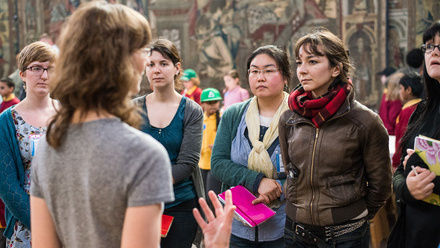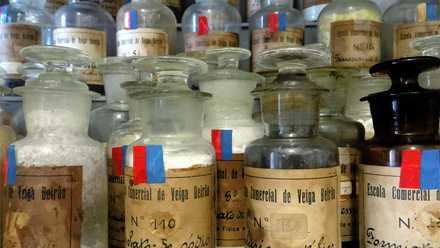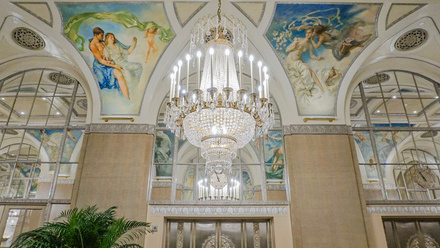The Institute of Conservation’s Dynamic Objects Network series of open-to-all, free-to-attend, on-line short talks.
These regular events will bring together professional conservators, practitioners, industry professionals and academics to discuss projects and case-study objects from the world of things that move!
Agenda:
The Institute of Conservation’s Dynamic Objects Network series of open-to-all, free-to-attend, on-line short talks. These regular events will bring together conservators, practitioners, industry professionals and academics to discuss projects and case-study objects from the world of things that move!
Dr Emily Akkermans - ‘ROG350’, the 350th Anniversary of the Royal Observatory Greenwich
Royal Museums Greenwich holds a unique collection of horological objects. A small selection of objects is kept in working order. This necessitates additional guidelines and policies in addition to those that apply to static objects. My talk will focus on our upcoming anniversary ‘ROG350’, and how I hope to implement new guidelines and policies within this framework.
Tabea Rude - Long-term storage of dynamic objects, Vienna Clock Museum
The relocation of approximately one million objects belonging to the Vienna Museum group into a purpose-built facility in 2013 prompted the re-evaluation of certain objects' long term storage needs. This talk will touch on some of the non-horological dynamic objects that were used as inspiration for the much later unpacking and storing of the ~7000 horological objects, which began in 2017 and is still ongoing. Lessons learned, methods and ideas tried and sometimes scrapped, as well as open questions and questionable choices are open for discussion.
About the Dynamic Objects Network
From instruments to industrial machines, cultural, technical and social values of dynamic objects evolve and change from their time of production until they reach a status of historical object. The Icon Dynamic Objects Network was initiated by conservators of horological objects, with the aim of involving others in the care, maintenance and conservation-restoration of all types of mechanical device meant to have or have had moving parts.



